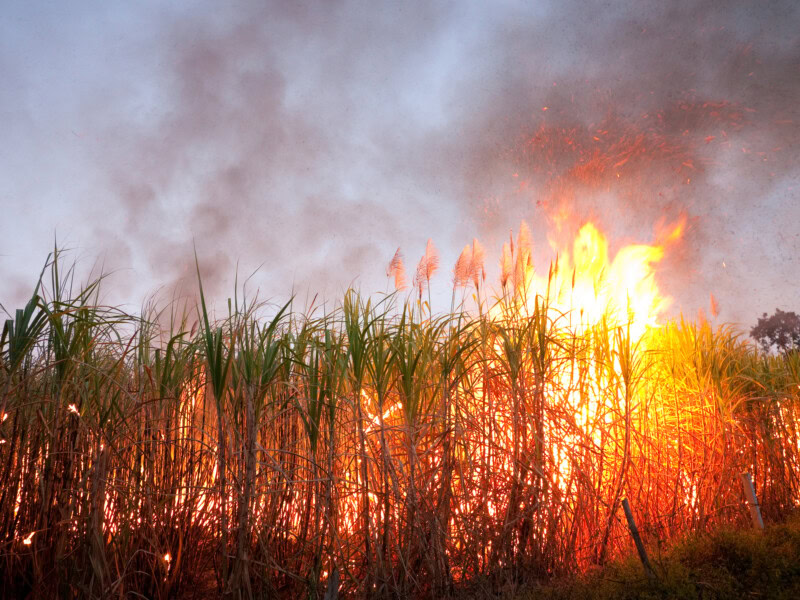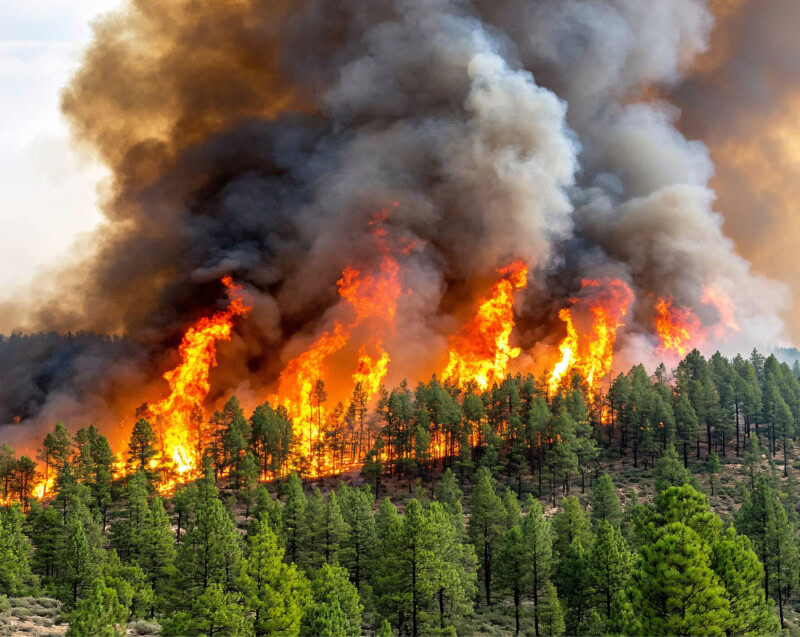Following record wildfires throughout the western United States, several state governments have begun requiring employers in affected regions to provide notifications, training, protective equipment, and other safety measures to their workforce when air quality exceeds a certain index. In other words, as particulates in the air reach a certain concentration that is potentially hazardous to anyone working outdoors, enhanced protective measures are now required in certain states. And as wildfires continue to ramp up in frequency and severity, employers will need to take measures to keep abreast of these new regulations.
Air monitoring data are collected by federal and state agencies. What is problematic for employers is that the air monitoring data are logged in different web locations, are often difficult to navigate and filter, and have no efficient way to connect between the federal or state data sites and employers.
This is where the CTEH team comes in.
“We have more than 20 years of experience with wildfires,” said Dr. Angie Perez, a CTEH senior toxicologist. “Since the inception of the company, CTEH has monitored particulates and chemical constituents in the air from fire, including wildfire.” Dr. Perez noted that, “One area where CTEH excels is in the creation of programs that collect thousands of data points into a user-friendly platform followed by distribution of a summary of these data in a rapid and concise way that is understood by all.”
This specialized experience and expertise affords CTEH to assess each potentially hazardous situation effectively, accurately, and rapidly. In wildfire-affected areas, we can quickly understand how contaminants in air may affect the health and safety of workers and the community.
Additionally, our dedicated software platform, SensibleIoT, interfaces with multiple air, water, and soil data sources and allows for automated SMS and email notifications whenever air quality deteriorates. SensibleIoT provides organizations with an integrated environmental solution with advanced data analytics capabilities.
“We can easily deploy low-cost sensors to specific sites, if needed,” said Dr. Perez. “This creates a scalable solution that can help keep your workforce safe and your organization in compliance with these new regulations.”
The state and federal data are also reviewed by a team of PhD toxicologists, trained health scientists, registered nurses, and environmental experts. This team can set up new monitoring sensors, direct training, and stand-up hotlines to field questions from employees.
To request a consultation, email webquestion@cteh.com.




